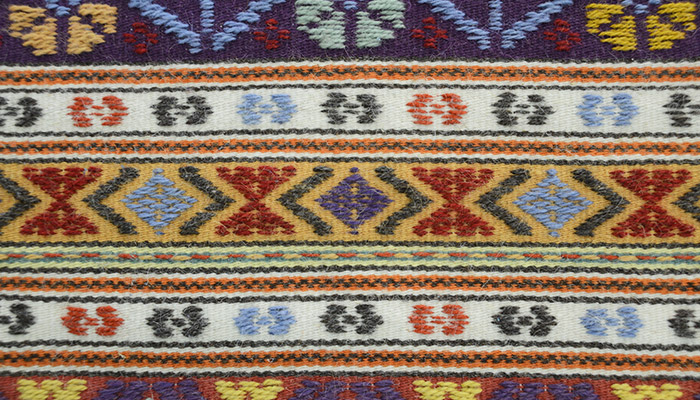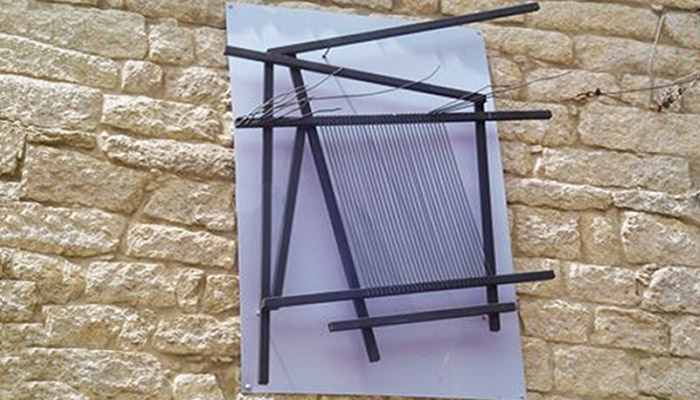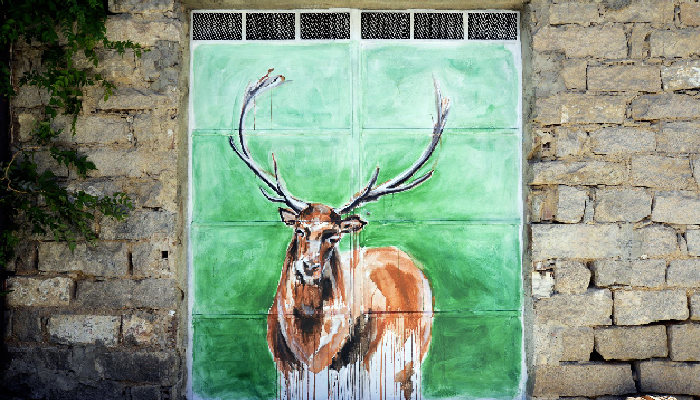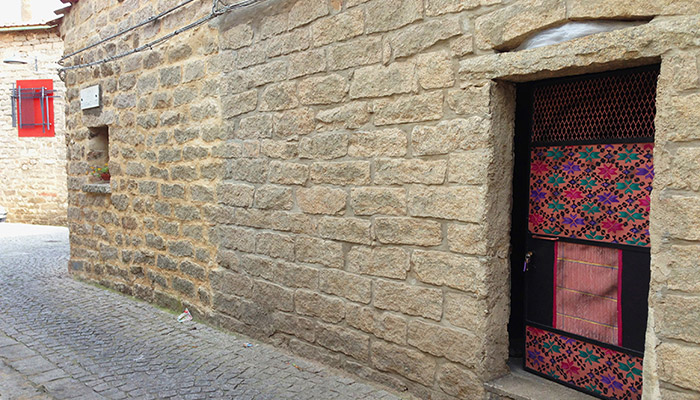
What to see in Sardinia: Aggius and the art of weaving
This town in the heart of Gallura is certainly one of the places to visit in Sardinia. Take a journey through the delightful stone streets following the weaving looms of Maria Lai.
A trip to the small town of Aggius in the North of Sardinia, one of the BAI (Borghi autentici d’Italia - Authentic Italian Villages) and with the Orange Flag, is not to be missed during your holidays in Isola Rossa. It is a little jewel in the heart of Gallura surrounded by lush Mediterranean vegetation featuring cork trees and vineyards at the foot of a chain of unique granite hills.
This Gallura town is famous for its traditional carpets, created by the skilled hands of women who still practice the ancient art of weaving today. A treasure chest of skills handed down over time that today in Aggius are more alive than ever and a source of inspiration for leading artists like Maria Lai. Within the heart of this picturesque village a few kilometres from the Hotel Torreruja at Isola Rossa the artist from Ulassai, known worldwide for her artwork created using wires and stories, found a place where she could express herself and create unique works of art.
During a walk through the narrow streets of the old town and its hidden squares, it’s easy to come across the looms made by Maria Lai in 2008 as part of the Essere è Tessere (To be is to Weave) project: frames arranged on aluminum panels representing the warp and weft of the frames and their threads, a symbol of the identity of this community. The colours of the panels recall the colours of the “tappeto a date” (yellow, green, red ...), the typical Aggius carpets that are so named for the horizontal bands or strips decorated with special geometric patterns. According to tradition, each band or strip was the work of “a data” or a day and then as now, the weavers spend many days working at their looms to create these carpets.

We start our walk in Via Roma, the main street which is home to craft shops and restaurants. On the stone walls of the houses along the road, we see the first four examples of looms until we get to the purple loom located in Via Mazzini. At this point, following a small descent, we enter the historic old part of Aggius and come to a small open area that offers a pleasant view of the countryside around Tempio Pausania: here, among granite houses with their flower-covered balconies we find the fifth loom and some coloured shutters painted with examples of animals from the area (mouflons, roosters and other birds ...), works by five female artists (Rosanna Rossi, Zaza Calzia, Josephine Sassu, Narcisa Monni, Victoria Soddu) as part of 5D, a recent art project.

Continuing to the left we arrive at the museum where the green loom is sited. At this point a visit to the Meoc is a must! Inside one of Sardinia’s largest ethnographic museums is a permanent exhibition of Aggius carpets and you can admire the Aggius weavers at work. Also inside there are other fascinating pieces by Maria Lai: a large vertical loom made in 2005 as a tribute to the practice of weaving and in particular to Aggius traditions and one of the 31 works of the Tessendo Memorie. I fili di altre storie (Weaving Memories. The threads of other stories) exhibition which was created in 2006 (now kept in private collections).

Leaving the museum, on the left, we come to the little piazza del Rosario and its red loom; it is worth stopping to admire this very striking glimpse of the village, with its little seventeenth century church.
From here narrow streets branch off left and right, intertwined as if they were themselves the threads that weave the life and relationships of the village together. It’s fun to get lost in Via Sperlunga, Via Pretura, Via G. Marconi and Via Paraula, all cobblestoned streets set between the houses that create sharp narrow intersections, each with its own loom, coloured with the geometric patterns of the carpets painted by local artists on the shutters and the little doors of the cellars. Continuing, we arrive at the hidden little piazzetta A. Tortu, a knot of streets where another loom is set, and on to Via Pausania where we find the last frame and the church of Santa Vittoria.
Maria Lai’s time at Aggius, her works and the artist's relationship with the Gallura town were illustrated recently in a new project by Mario Saragato and Maria Grazia Battista “A town that talks”. This book is full of photographs and important contributions that explain and interpret the extraordinary figure of Maria Lai and as such is a unique document, printed in a limited edition and available at the Meoc museum.


